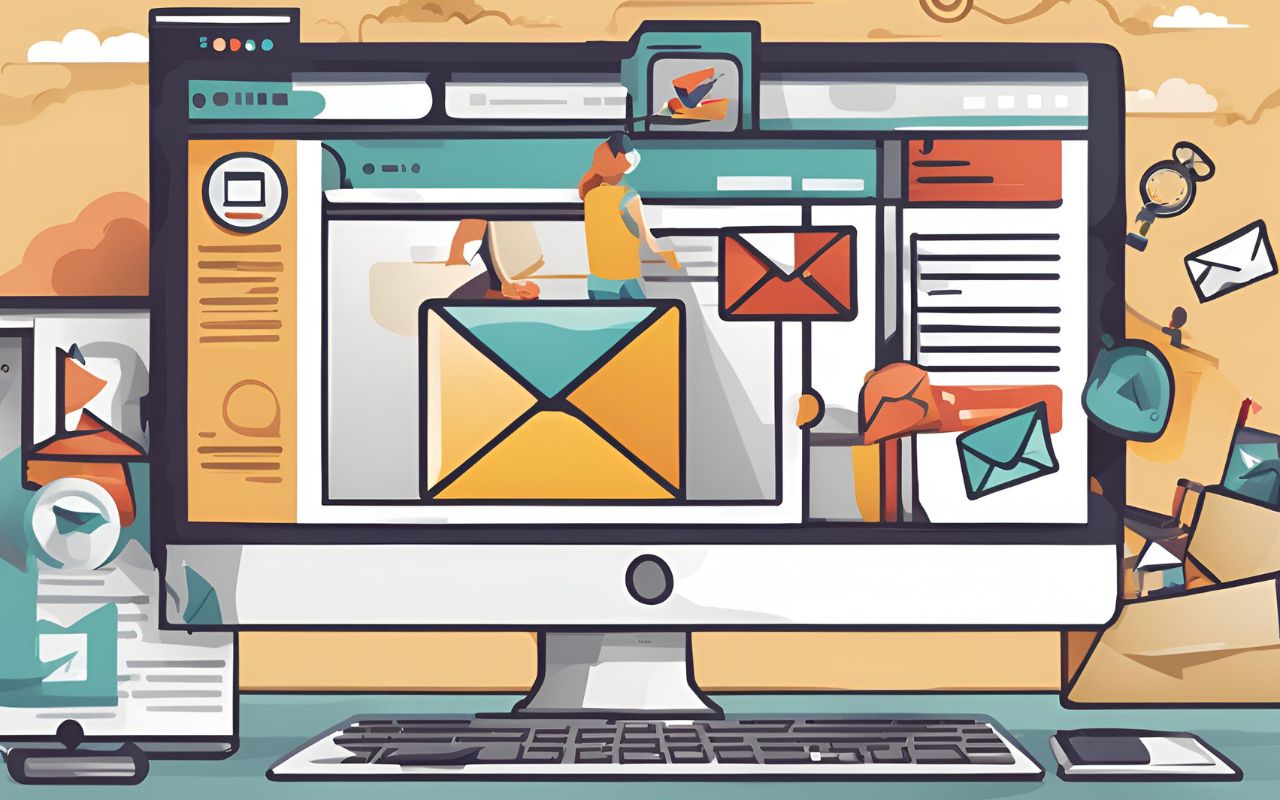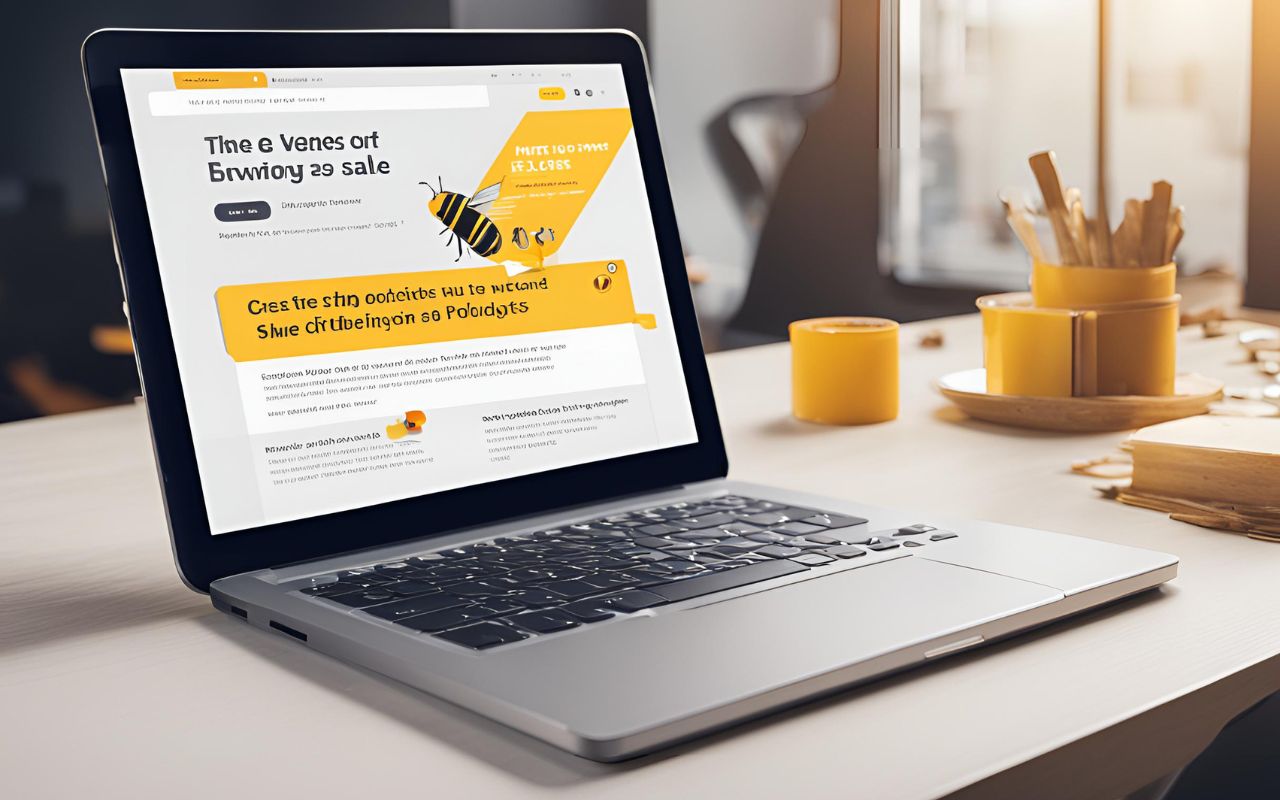
In the digital age, email marketing stands as one of the most effective tools for businesses to engage with their audience, build relationships, and drive conversions. Despite the rise of social media and other digital channels, email remains a powerful and direct way to communicate with customers. But what is email marketing, and why does it hold such a crucial place in a marketer’s toolkit? In this comprehensive guide, we’ll explore the nuances of email marketing, delve into strategies to maximize its potential, and provide actionable insights to help you elevate your campaigns.
What is Email Marketing?
Email marketing is a form of direct marketing that uses email as a channel to promote products, services, or content to a targeted audience. It involves sending emails to potential or current customers with the goal of encouraging engagement, fostering loyalty, or driving sales. This marketing approach can take various forms, including newsletters, promotional emails, transactional emails, and automated campaigns.
At its core, email marketing is about delivering value to your audience. Whether you’re sharing valuable content, offering exclusive deals, or providing updates, the key is to ensure that your emails are relevant and engaging to the recipients. Unlike other marketing channels, email allows for personalized communication, which can lead to higher engagement rates and stronger customer relationships.
Why Email Marketing Matters
Email marketing matters because it is one of the most cost-effective and measurable forms of marketing available today. With the ability to reach a wide audience at a relatively low cost, email marketing offers a high return on investment (ROI). According to industry research, every dollar spent on email marketing can yield an average return of $42, making it a highly lucrative marketing channel.
Moreover, email marketing allows businesses to build and nurture relationships with their audience over time. By consistently delivering valuable content directly to the inbox, businesses can stay top-of-mind with their customers, leading to increased brand loyalty and repeat purchases. Additionally, the data and insights gathered from email marketing campaigns can inform future marketing efforts, making them more targeted and effective.

11 Powerful Strategies to Maximize Your ROI
1. Segment Your Email List
One of the most effective ways to improve the performance of your email marketing campaigns is through segmentation. Segmenting your email list involves dividing your audience into smaller groups based on specific criteria, such as demographics, purchase behavior, or engagement levels. By doing so, you can tailor your messages to the unique needs and interests of each group.
For instance, you might send one type of email to first-time customers and another to repeat buyers. This targeted approach ensures that your emails are relevant to the recipient, which can lead to higher open rates, click-through rates, and conversions. Tools like Mailchimp and HubSpot offer advanced segmentation features that allow you to create highly personalized campaigns.
2. Craft Compelling Subject Lines
The subject line is the first thing your recipients see, and it plays a crucial role in whether they open your email. A compelling subject line should be concise, attention-grabbing, and give the reader a reason to click. It’s often beneficial to use language that creates a sense of urgency or curiosity, as this can increase open rates.
For example, a subject line like “Last Chance: 20% Off Ends Tonight!” is likely to generate more opens than a generic “Monthly Newsletter.” A/B testing different subject lines can also help you identify which types of language resonate best with your audience, allowing you to optimize your future campaigns for better results.
3. Personalize Your Emails
Personalization goes beyond just addressing the recipient by name. It involves using data to tailor the content of your emails to the individual preferences and behaviors of each recipient. This can include personalized product recommendations, content suggestions, or special offers based on past purchases.
For instance, if a customer frequently buys running gear from your online store, you could send them an email highlighting new arrivals in that category. Tools like Klaviyo and ActiveCampaign enable you to automate personalized emails at scale, helping you deliver relevant content to each subscriber.
4. Optimize for Mobile
With more than half of all emails being opened on mobile devices, optimizing your emails for mobile viewing is essential. A mobile-friendly email should have a clean, simple design, with easy-to-read text and clear calls to action. Additionally, images should load quickly, and buttons should be large enough to tap easily on a touchscreen.
Failing to optimize for mobile can result in a poor user experience, leading to lower engagement rates and potentially higher unsubscribe rates. By using responsive design and testing your emails on various devices, you can ensure that your emails look great and function well on any screen size.
5. Use Automation to Streamline Campaigns
Email automation allows you to send targeted emails to your subscribers based on specific triggers or actions they take, such as signing up for your newsletter, abandoning a shopping cart, or making a purchase. Automated emails can be highly effective in nurturing leads, re-engaging inactive subscribers, and driving sales.
For example, an automated welcome series can introduce new subscribers to your brand, offer a discount code, and guide them towards their first purchase. Platforms like ConvertKit and Drip offer powerful automation tools that can help you create personalized, timely email campaigns that run on autopilot.
6. Incorporate Visual Content
Visual content, such as images, videos, and infographics, can make your emails more engaging and easier to digest. Including visuals in your emails can help break up text, highlight key points, and make your emails more visually appealing. However, it’s important to strike a balance between visuals and text, as too many images can slow down load times and lead to a poor user experience.
For instance, you might include a video tutorial or a product demonstration in your email to showcase the benefits of your products or services. By incorporating visual content that complements your message, you can create a more immersive and compelling email experience for your subscribers.
7. A/B Test Your Emails
A/B testing, also known as split testing, involves sending two variations of an email to different segments of your audience to determine which version performs better. This can be done with various elements of your email, such as subject lines, email copy, images, or calls to action.
For example, you could test two different subject lines to see which one generates a higher open rate, or experiment with different calls to action to see which one drives more clicks. Tools like Litmus and Optimizely can help you conduct A/B tests and analyze the results, allowing you to optimize your emails for maximum impact.
8. Leverage Social Proof
Social proof, such as customer reviews, testimonials, and user-generated content, can add credibility to your emails and increase trust with your audience. Including social proof in your emails can help persuade recipients to take action, whether it’s making a purchase, signing up for a webinar, or downloading a resource.
For example, you could include a customer testimonial in an email promoting a new product, or feature photos of customers using your product in a campaign. Social proof is a powerful psychological trigger that can influence decision-making, making it a valuable addition to your email marketing strategy.
9. Track and Analyze Your Metrics
To continuously improve your email marketing efforts, it’s essential to track and analyze key metrics such as open rates, click-through rates, conversion rates, and unsubscribe rates. These metrics provide insights into how well your emails are performing and where there may be room for improvement.
For instance, if you notice a low click-through rate, you might need to re-evaluate your calls to action or the relevance of your content. Tools like Google Analytics and Moosend offer comprehensive email analytics that can help you understand your audience’s behavior and optimize your campaigns accordingly.
10. Ensure Compliance with Email Regulations
Compliance with email regulations, such as the CAN-SPAM Act in the United States, is crucial for maintaining the integrity of your email marketing campaigns. These regulations require businesses to obtain consent before sending marketing emails, provide a clear way to unsubscribe, and include a valid physical address in every email.
Failing to comply with these regulations can result in hefty fines and damage to your brand’s reputation. By ensuring that your emails are compliant, you can protect your business and build trust with your audience.
11. Build and Maintain a Quality Email List
A quality email list is the foundation of a successful email marketing strategy. Focus on building your list organically by encouraging sign-ups through your website, social media, and in-store promotions. Avoid purchasing email lists, as this can lead to low engagement rates, high unsubscribe rates, and potential compliance issues.
Once you’ve built your list, it’s important to maintain it by regularly cleaning out inactive subscribers and ensuring that your contacts are up-to-date. A healthy, engaged email list will lead to better campaign performance and higher ROI.
Additional
To truly excel in email marketing, it’s essential to stay informed about the latest trends and tools that can enhance your campaigns. For example, interactive emails—those that allow recipients to engage directly within the email—are becoming increasingly popular. Adding interactive elements like quizzes, surveys, or embedded videos can significantly boost engagement rates. Additionally, the use of artificial intelligence in email marketing is on the rise, with AI-powered tools enabling marketers to personalize content at scale and predict customer behavior more accurately.
Conclusion
Email marketing is a powerful tool that, when executed correctly, can deliver exceptional results for your business. By understanding what email marketing is and implementing the strategies outlined in this guide, you can create compelling campaigns that engage your audience, drive conversions, and maximize your ROI. From segmenting your list to leveraging social proof, these strategies provide a solid foundation for success in the ever-evolving digital landscape.
Frequently Asked Questions
1. What is email marketing?
Email marketing is a digital marketing strategy that involves sending targeted emails to a group of recipients to promote products, services, or content.
2. Why is email marketing important?
Email marketing is important because it offers a high return on investment, allows for personalized communication, and helps build strong customer relationships.
3. How can I improve my email marketing campaigns?
You can improve your email marketing campaigns by segmenting your audience, personalizing your content, optimizing for mobile, and regularly testing and analyzing your emails.
4. What tools are recommended for email marketing?
Tools like Mailchimp, HubSpot, and Klaviyo are recommended for creating and managing effective email marketing campaigns.
5. What are some common email marketing mistakes to avoid?
Common mistakes include sending too many emails, neglecting to segment your audience, not optimizing for mobile, and failing to comply with email regulations.
Learn more:






